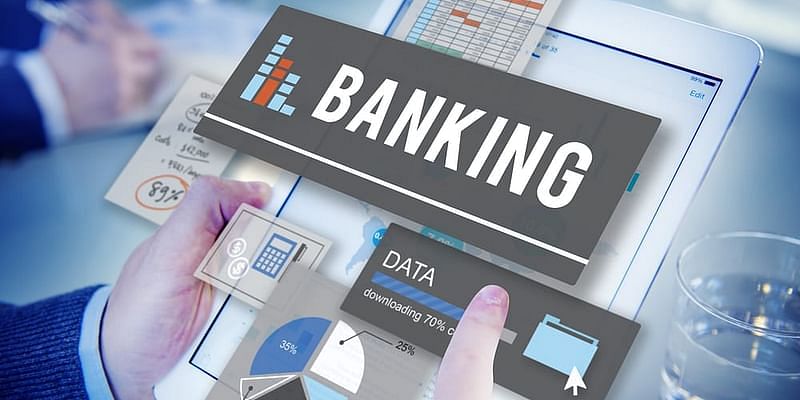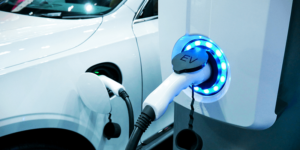In early September 2021, a new technology infrastructure account aggregator (AA) was launched at a virtual event. Touted to be a game-changer for opening up access to financial data of individual and business customers, it quickly saw eight major banks joining the AA network.
These included State Bank of India, ICICI Bank, Axis Bank, IDFC First Bank, Kotak Mahindra Bank, HDFC Bank, IndusInd Bank, and Federal Bank.
Here’s all you need to know about the account aggregator (AA) framework and how it works:
In simple terms, the AA platform allows the data of individuals to be collected, with their consent, and shared among financial institutions.
This gives the institutions build a better understanding of potential customers and tailor their services accordingly. It also enables the free flow of data between banks and financial service providers.
The AA network explained
The AA network features financial institutions such as banks, NBFCs, NBFC-AAs, third-party services, and others.
Banks act as financial data providers, lenders act as financial data seekers, NBFC-AAs act as mediums of communication between banks and lenders, and third-party service providers work with AAs.
First, an individual or business opens an account with an account aggregator. Then, they create a funnel for their financial data by linking their bank accounts, insurance policies, etc — which are accounts containing the customer’s financial data.
Second, the customer can provide consent to a lender to access their financial data through the NBFC-AA. This usually happens when the customer is looking for a loan or some other financial product that requires their financial information to be collated.
Third, after consent is provided, the account aggregator seeks permission from the financial data providers to access the customer’s data.
And finally, the data is sent to the account aggregator, which, in turn, empowers lenders to better evaluate the customer’s financial profile and risk associated with providing a loan.
A Sahamati infographic on the AA network
The need for AAs
With the improved access to data, pressing financial needs such as small-size loans for MSMEs and affordable micro-insurance could potentially be better met with the help of the AA framework.
So far, HDFC Bank and Axis Bank have been using the framework to provide auto loans, and IndusInd Bank has been using it for personal finance management.
Four NBFCs, namely Finvu, OneMoney, CAMS Finserv, and NESL, have reportedly received operational licences while PhonePe, Perfios, and Yodlee have received in-principle approval.
For MSMEs, which collectively face a credit gap, providing improved access to their financial data can help bring more visibility towards their creditworthiness.
As a majority of MSMEs are largely outside the scope of formal credit due to the lack of transparent and accessible financial records, the AA framework can help regulate, digitise, and simplify the process of opening up access to financial data.
Consequently, this improved access can help lenders better meet the MSMEs’ financial needs.
The RBI’s role
The Reserve Bank of India (RBI) has mandated banks, NBFCs, insurance firms and other financial institutions to share customer data in a structured manner with account aggregators.
According to RBI Deputy Governor M Rajeshwar Rao:
“AAs enable secure, consented data flows while protecting user privacy. In conjunction with other platforms like the Unified Payment Interface, Account Aggregator creates in India the most cutting-edge digital financial infrastructure in the world.”
The RBI has also mandated that the data cannot be monetised, and that data flowing through the AA platforms should be deleted after a specific period of time. Further, the data is encrypted to prevent any form of leakage or exploitation.
YourStory’s flagship startup-tech and leadership conference will return virtually for its 13th edition on October 25-30, 2021. Sign up for updates on TechSparks or to express your interest in partnerships and speaker opportunities here.
For more on TechSparks 2021, click here.
Applications are now open for Tech30 2021, a list of 30 most promising tech startups from India. Apply or nominate an early-stage startup to become a Tech30 2021 startup here.










